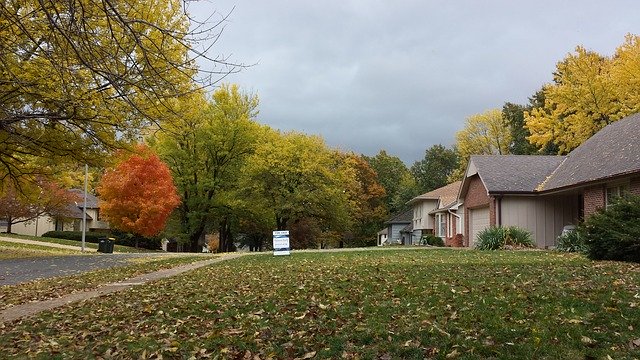The Importance of a property inspection
Caveat emptor, or buyer beware. We’re used to having this little piece of Latin wisdom in our heads when we buy electronics or perhaps a home appliance. But how often do we think about it when it comes to buying a property?
Sure, we know it’s important to research the surrounding neighborhood, as well as consider the number of rooms in a house and weigh up whether local zoning laws will allow any renovations we have planned. But it’s just as important to undertake an in-depth of inspection of a property’s smaller details.
A pre-purchase inspection is critical to ensure you don’t come away with a lemon. Here are just a few of the things you should be looking for.
Plumb its Depths
Making sure the plumbing and water work fine are a key elements to tick off your checklist before buying a house. Missing this out could mean you’ll have expensive repairs to cover down the line, along with expensive water bills.
Take a look at the plumbing fittings and make sure there are no leaks or cracks, and test the various hot and cold taps around the house to make sure they have the right pressure, not to mention that it’s not a strange colour.
Also, be sure to check for dampness around drains and the areas where pipes connect to the ground. Some sellers may paint over it, so you may have to get those nostrils working.
Be Roof-Less
Given the fact that owning a home is colloquially referred to as having a roof over your head, this is one area that’s pretty essential to check out.
Try and discern what type of timber was used for the roof frame. While pine is generally quite stable, hardwood can lead to cracks in the ceiling and plaster and a creaky roof.

There’s also some more basic, cosmetic details you’ll want to keep an eye on. If it’s made of iron, make sure there’s no rust. Also, are there loose or broken tiles? Tiled roofs deteriorate over time, and if they’re concrete tiles, may need new sealant after 25 years, and every 10 years after that.
Wall’s Well that Ends Well
Once you’re done with the roof, you want to turn to the walls that are holding it up. There are the obvious issues, such as making sure the walls are straight and free of cracks. This can potentially cost you thousands to repair.
Less obvious things to look out for are mould stains and damp brick walls, as well as patch repair. Shining a light at the wall on an angle can help highlight this.